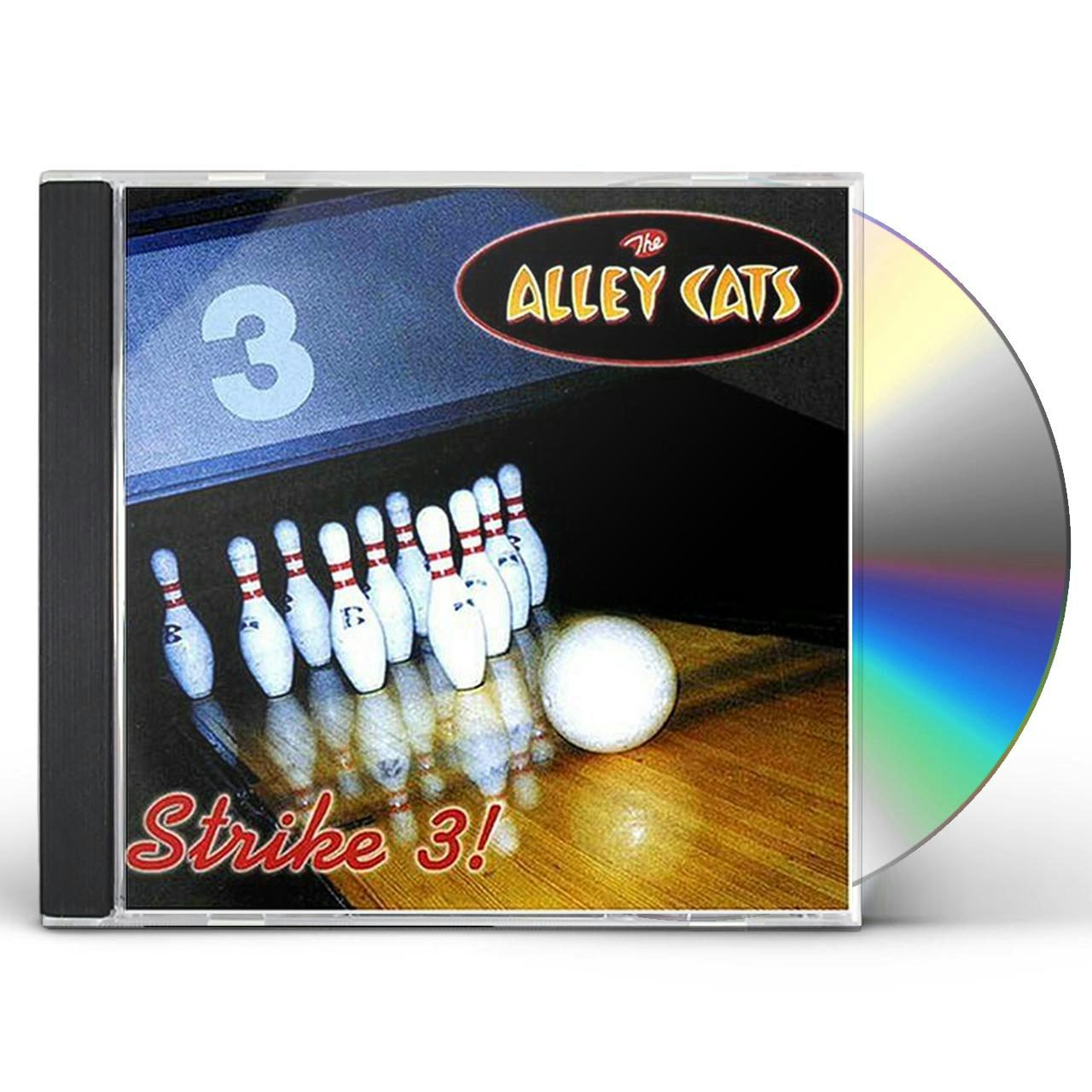


“We are not your typical bowling alley,” General Manager Nelson Greene said. on weekdays.Īt the end of a long workweek, those looking to break out their dancing shoes can turn to Lucky Strike’s dance floor and disc jockey Friday and Saturday nights, coupled with Sunday night salsa lessons. The full-service kitchen offers a classic American menu while providing happy hour drink specials from 4 p.m. With sleek black couches and red silk lanterns hovering above each lane, the dimly lit alley is a hip fusion for the socially swanky. “It’s more of a social venue for people to have a shared experience.” “It’s not for your serious bowler,” Marketing Manager Trey Comstock said. Self-categorized as a “lane and lounge,” the alley is known more for its social events and as a rendezvous spot than as a bowling destination. The 14-lane alley opened in November 2005 and is one of 21 bowling venues the company has established around the country. Located in the Gallery Place/Chinatown area, Lucky Strike brands itself as an upscale destination where Washington socialites can come to “stay out of the gutter.” With the closure of George Washington University’s Hippodrome Bowling Alley, Lucky Strike Lanes has become the only public alternative for D.C. The alley also holds cosmic bowling - glow-in-the-dark bowling, for the uninitiated - every Saturday night and hosts monthly tournaments. The alley also revamped its restaurant menu, opting for an Italian theme. “Where people could feel comfortable walking in to bowl or to get something to eat.” “We wanted the place to be inviting,” Gittings said. Manager Carl Gittings said the renovations have made the lanes more family-oriented.
#Alley cats strike back pro#
The alley closed its classic bowling alley bar, turning it into a game room and pro shop. The lanes were reopened in September after four months of remodeling. While civilian bowlers are welcome to join one or more of the daily bowling leagues, they must first express interest to the alley manager and complete a clearance form at the base’s visitor center. Located at Bolling Air Force Base, the 30-lane alley is typically reserved for active or retired military personnel and their dependents. Bowlers accustomed to automatic scoring will need to brush up on their math: The White House alley requires you to keep score the old-fashioned way.įor serious bowlers seeking to satisfy their pin pallet, D.C.’s Potomac Lanes is the best bet. With its own selection of balls and shoes, pin patrons can enjoy a personal flat-screen television and mini-fridge for beverages. After a Secret Service background check, bowlers must pass through several security checkpoints and an underground basement. political types, but getting a lane on the presidential alley is not easy.īowlers must be invited by White House staff. The infamous White House bowling lanes are well-known among D.C. While there are several bowling establishments in suburban Maryland and Virginia, the District sports only three working alleys - two of which are not open to the general public.įor Capitol keglers, here is a quick rundown of Washington’s local lanes.ġ7th Street and Pennsylvania Avenue Northwest If you’re looking to relieve stress by knocking over some pins and throwing back a few beers, you’ll be hard pressed to find relief in the District. While more than 1,000 visitors frequent the lanes each year, bowling buffs should not expect to waltz right in.Īnd that tends to be true of the entire Washington, D.C., bowling scene. Truman Bowling Alley was constructed in the basement of the White House’s West Wing and then moved to the Eisenhower Executive Office Building in 1955.
#Alley cats strike back full#
If the White House bowling alley were a person, it would now qualify for full Social Security benefits.


 0 kommentar(er)
0 kommentar(er)
